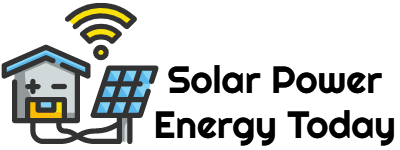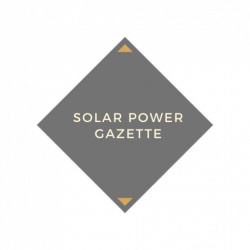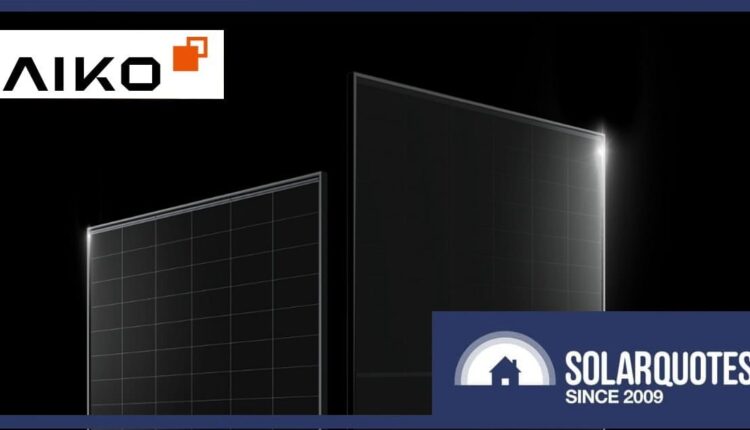*500 watt* solar modules for your roof from Aiko
Solar cell and module manufacturer Aiko has (just) unveiled what it claims is the world’s first 500W sub-2m² panel at the All Energy Australia 2025 event in Melbourne.
What are the specifications of the Aiko Infinite Neostar 3P54?
The technical specifications of the third generation ABC (All Back Contact1) Infinite monoglass series – Neostar 3P54 – are quite impressive:
- Product family: AIKO-A-MCE54Mw
- Capacities: 475W ~ 500W
- Cell type: N-type BC
- Cell layout: 108 (6 x 18)
- Module efficiency: 23.8%~25%
- Dimensions: 1762 x 1134 x 30mm
- Weight: 20.6 kg ±3%
- Glass: 3.2mm
- Frame: Black anodized aluminum
- Temperature coefficient of Pmax – 0.26%/°C
- Module operating temperature -40℃ – +85℃
- Hail test: 40 mm diameter hail at 27.5 m/s
- Certified for salt, fog, ammonia, sand, dust and cyclone
- Product guarantee: 25 years
- Performance guarantee: 30 years (≤ 1% deterioration in the first year and ≤ 0.35%/year in subsequent years).
A full data sheet can be viewed here.
The AIKO-A-MCE54Mw range has been approved by the Clean Energy Council for installation in Australia. I haven’t seen pricing for the 500 watt panel yet, but Aiko devices are generally in the budget end of the market.
Aiko isn’t done pushing the limits of her performance yet
In the not too distant future, we could see even more powerful roof panels from Aiko while maintaining the same footprint.
Last year, Aiko announced it had worked with the Australian Center for Advanced Photovoltaics to achieve 30% conversion efficiency for back contact cells. As of August 2025, Aiko achieved a mass production rate of over 27%.
Aiko in Australia
Ailo is a relative newcomer to Australia, having started here early last year and opening an office in Melbourne.
The company has attracted a lot of local attention during this time; but also led to some controversy over claims of partial shading optimization. This doesn’t seem to have dampened the brand’s acceptance among installers; Aiko won the SolarQuotes Installers Choice Awards for the best solar modules in 2025 ahead of REC and JinkoSolar – by a significant margin; 27% of the vote, compared to 16% for REC.
In addition to installers, the company’s modules are also very popular with Australian homeowners. Reviews of Aiko solar panels on SolarQuotes from Australians who have installed them have received an average of 5 stars from 278 reviews.
Zhejiang Aiko Solar Technology Co., Ltd. was founded in China in 2009. The company initially focused on cell manufacturing and began producing solar modules in 2023. In this respect too, it is a newcomer. The company has six major manufacturing sites in China, supported by three research and development centers – one in Europe and two in China. The company claims to have shipped more than 170 GW of cells and modules since its inception and employs more than 10,000 people worldwide.
The choice of high-performance solar modules is increasing
We’ve seen a number of high-performance solar panels suitable for installation on Australian rooftops this year, including:
And it wasn’t until February 2025 that Aiko brought the Neostar 2P 480W onto the market. At the time it was said to be the first residential panel in Australia to achieve a module efficiency of over 24%. The new 500W Gen3 Neostar Infinite 3P54 has surpassed that and is almost a kilogram lighter.
All of the panels listed above have a footprint of just under 2 m², with the exception of Winaico, which is just over the area. 2m² is generally considered the cutoff limit for rooftop installations and even then it presents a challenge for installers.
With so many brand and module options available to Australians, it can be confusing to decide what to buy. Learn more about purchasing the right solar panels for your home.
All Energy Australia is considered the largest gathering of renewable energy professionals in the Southern Hemisphere. It took place yesterday and continues today at the MCEC in Melbourne. Several members of the SolarQuotes team are attending the event and will no doubt have a lot to say when they return. Sign up for the weekly SolarQuotes newsletter to stay up to date.
Footnotes
- With All Back Contact, all electrical contacts are on the back of the cell, allowing the entire front of the cell to capture sunlight. ↩



Comments are closed.